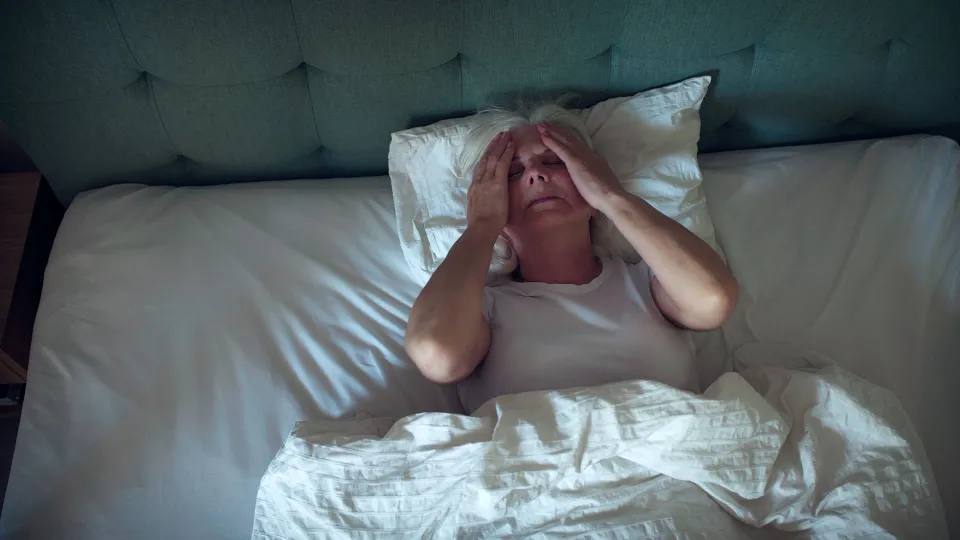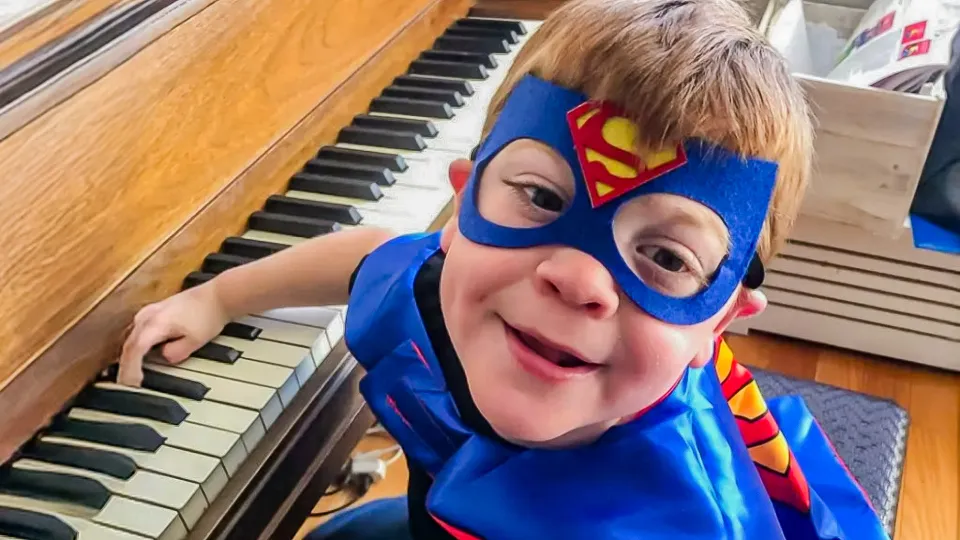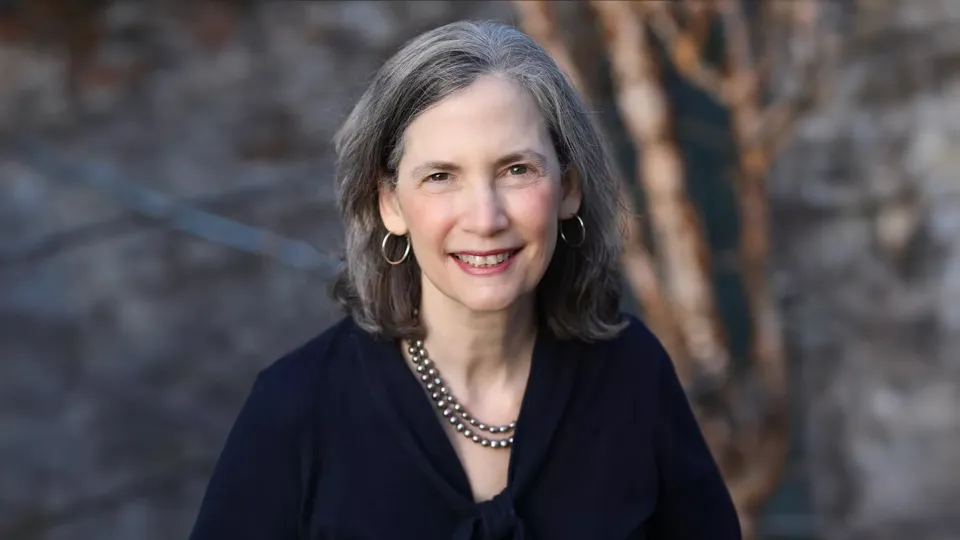Feature
The Virus Hunter
April 13, 2023
Dr. Lai develops immunotherapies and vaccines against viral infections such as Ebola virus, Dengue virus, and Chikungunya virus, which affect millions of people annually in the developing world. A native of Edmonton, Alberta, Canada, Dr. Lai earned a Ph.D. in biophysics at the University of Wisconsin, Madison, before completing postdoctoral fellowships at Harvard Medical School. Dr. Lai joined the Einstein faculty in 2007, where he is currently the Dan Danciger Professor of Biochemistry. He is currently the principal or co-principal investigator of five grants from the National Institutes of Health.
What was your first hands-on laboratory experience?
After my freshman year in college, where I majored in biochemistry, I worked in a food microbiology laboratory in Alberta where I isolated bacterial samples from meat. Livestock farming is a major industry in Alberta—hence the focus on animal science. The lab was studying the use of harmless bacteria to counteract harmful bacteria.
Your doctoral studies focused on peptides. What are they and why are they useful?
Peptides are short chains of amino acids—the building blocks of proteins. Peptides play vital roles in cell signaling and cell function and can be used to make drugs and vaccines. My Ph.D. thesis was spent trying to understand alpha, or naturally occurring, peptides, and the design principles for adapting them to make certain shapes, or conformations, which can affect their functions. The next, and more complicated challenge, was extending that information to the development of beta, or non-natural, peptides—for example, to make synthetic proteins with antibacterial or antiviral properties.
Was there a critical skill or technology you learned in your doctoral studies?
Certainly one of the most important is a methodology called phage display, which is based on viruses known as bacteriophages that replicate inside bacteria. Phage display allows you to study protein-protein and protein-antibody interactions on a large scale and select those proteins with the highest affinity for specific targets from a large collection or “library” of mutations. It’s a powerful tool that I’ve used throughout my career. The inventors of phage display won a share of the Nobel Prize for Chemistry in 2018.

How did you get interested in viruses like Ebola virus?
When I first joined Einstein, in 2007, I focused on HIV-1 and used phage display to optimize existing antibodies against HIV-1 or to isolate new antibodies. A few months in, I met Kartik Chandran, another new faculty member, who asked if I might be interested in studying Ebola virus, which, like HIV, uses alpha-helices in its viral coat protein to enter cells. I told him, “That’s interesting, I’ll check it out.” At the time, he probably thought I was blowing him off, but I just wanted to read up on it. I went back and said, “Let’s work together,” and we’ve been collaborating ever since.
What are some fruits of that collaboration?
One of our first discoveries stemmed from Kartik’s discovery of how ebolaviruses multiply in cells they infect. They must first bind to a protein inside the host cell called Niemann-Pick C1, or NPC1, suggesting that an anti-NPC1 antibody could prevent viral multiplication by blocking Ebola from binding NPC1. The catch is that ebolaviruses sneak into cells via endosomes—cell organelles that form when pieces of the cell membrane encapsulate the virus after it comes in contact with the cell. But antibodies can’t enter cells this way, so our solution was to make antibodies with two arms: one arm attaches to the virus outside the cell, allowing the antibody to hitch a ride with the virus into the endosomes; then the antibody’s other arm neutralizes NPC1, which forms part of the endosome’s inner lining. We then showed in mice that these “bispecific” antibodies are capable of neutralizing all known ebolaviruses and also have potential activity against other filoviruses, such as Marburg. We called them “Trojan Horse” antibodies since the virus unknowingly carries the antibody with it into the endosome, and then the antibody attacks the virus.
You’ve since branched out to other viruses and other therapies.
After hearing talks by Margaret Kielian here at Einstein, I got interested in Chikungunya and other alphaviruses, which are carried by mosquitoes. To understand the natural antibody response to these viruses, we had to learn a methodology called single B cell sorting. It involves isolating B cells—the immune cells that make antibodies—from the blood of people who’ve recovered from infection. This is where working in the Bronx is great for an infectious disease specialist. Chikungunya virus infection is rare in developed nations, so finding an infected patient usually requires traveling far and wide. But the Bronx has a sizeable number of residents from the Dominican Republic, and we were able to find patients who’d become infected during visits to their home country.
As the world population expands and we push deeper and deeper into rural places, zoonotic spillover will become more frequent, and the higher population density will promote faster transmission.
Jonathan Lai, Ph.D.
What has come of those studies?
In one study, we identified human antibodies that are capable of protecting against encephalitic and arthritogenic alphaviruses, which in humans cause neurologic and musculoskeletal problems respectively. In a second study, we identified five antibodies that can neutralize several different arthritogenic alphaviruses. Taken together, these two studies could lead to a monoclonal antibody therapy for alphaviruses and help in the design of broad alphavirus vaccines.
Have any of your discoveries led to clinical trials?
Several therapies we invented are in late preclinical testing, but none yet in clinical trials. We were part of a team that was led by Kartik, Mapp Biopharmaceutical, Adimab, and the U.S. Army Medical Research Institute of Infectious Diseases that characterized the first broadly protective human ebolavirus antibodies. Two of these antibodies eventually were combined into cocktail called MBP134 which is currently in phase I trials. MBP134 was also provided on a compassionate use basis to patients during last year’s Sudan virus outbreak in Uganda.
You switched some of your research to COVID-19 during the pandemic. What did you work on?
I was involved in several projects, starting with an effort to develop antibody tests for infection with SARS-CoV2, when tests for the virus were in such short supply. I also contributed to a clinical trial of convalescent plasma and to a computational model to predict which COVID-19 patients will need intensive treatment.
What do you think will happen with COVID-19?
It’s likely to become endemic, meaning that it will be around indefinitely and we'll need to learn how to live with it and defend against it with vaccines and therapeutics. It’s possible that it becomes seasonal, like influenza, and we’ll have to get vaccinated each year.
Are we likely to see more epidemics and pandemics?
As the world population expands and we push deeper and deeper into rural places, zoonotic spillover will become more frequent, and the higher population density will promote faster transmission. So, epidemics and pandemics will continue to occur, and with higher frequency. That’s been the pattern in recent years, with Zika virus, Ebola virus, and now SARS-CoV2.
Your wife is also a scientist. What does she do?
Yes, she works on developing new drugs at the biotech company Regeneron. My focus is on coming up with and testing ideas and concepts for making better therapeutics and vaccines, and sometimes I work with industry to test and develop actual products. My wife has been more focused on the latter stages of drug discovery and development—first as a scientist in Regeneron’s therapeutic proteins department and now in management, where she helps oversee those scientific efforts.



